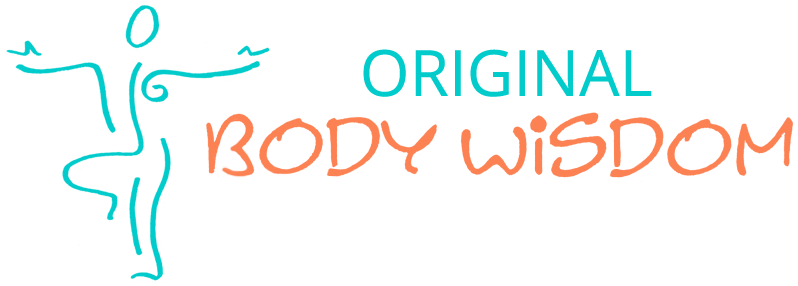Yesterday I had the honor of teaching a movement and yoga class for people with PD at a conference sponsored by Dartmouth- Hitchcock Medical Center. I had a room of about 150 PD patients and caregivers. I won’t ever see most of these people again so I felt a lot of urgency about giving them something that could really benefit their lives permanently.
I decided to teach about the wonder of tensegrity and the fascia connections that build it.
Does anyone remember Buckminster Fuller and his domes? Quite simply, Bucky Fuller discovered that tensegrity structures have both more resilience and less stiffness. If you load tension into one place all the connecting pieces respond to create support and balance in a multi dimensional way.
So what is tensegrity? It refers to the forces of tension (provided by muscles, tendons, ligaments, and fascia) pulling on structure (bones and joints) that help keep the body both stable and efficient in mass and movement.
Huh? Tensegrity requires a shift in perception.. Rather than seeing our bodies as stable building blocks aligned from the ground up we benefit by recognizing that continuous tension spread through the body through relations that can change depending on forces that impact anyone place keeps us balance, flexible and responsive to stress. Think of a martial artist or a dancer. They depend on whole body response and integration to be injury free, strong and responsive to change.
This kind of movement is not just for these “movement advanced” people. We all need to claim tensegrity.
The components of our connective tissue help us to do just that. Derived of elastin, collagen and a very liquid matrix, connective tissue (fascia) as a an elasticity and fluidity that bring bounce to the whole system. It creates a kind of weaving or netting; in effect it is a gelatinous fabric that gives non muscular shape and support to our bodies.
This is important for people both with and without Parkinson’s!
Try an experiment:
Pick an arm. Raise it up to the sky. See how far it goes.
Take a tennis ball and place it under an armpit. Squeeze it! Take a hold of your upper arm and gently push the arm up and down several times while breathing. Keep the ball in your armpit. Stretch your fingers out as you push down and relax them as you come up.
Rest
Now, with the ball still in your armpit, push the arm forward and back. Let your hand stretch open as you push back and close it as you come forward.
Now remove the ball and raise your arm. What’s different?
Repeat to the other side.
Or join me in either PD classes, somatic movement for adults classes or through one on one work and discover your resilience, balance and fluid strength.



